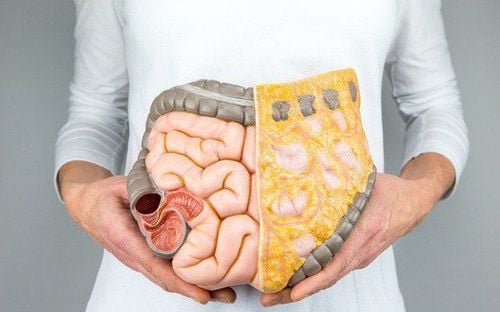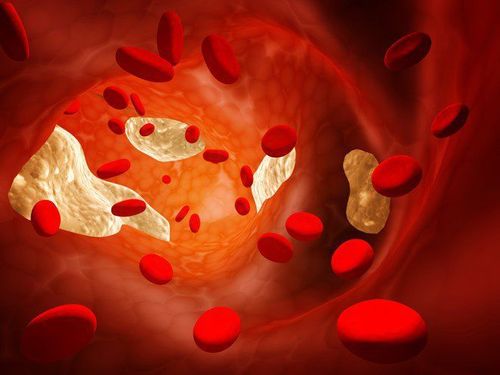This is an automatically translated article.
Article written by Doctor Phan Nguyen Thanh Binh - Department of Pediatrics - Neonatology, Vinmec Central Park International General Hospital
Fats (lipids) is a general term describing important groups of nutrients, including triglycerides (storage fats) and phospholipids (structural fats). Fat plays an important role in health and is indispensable in the diet, even on a slimming diet.
1. Is fat necessary, can it be cut from the diet?
Provide energy: fat is a high energy source, 1g lipid for 9 Kcal. Food rich in lipids is a concentrated source of energy for heavy workers, necessary for the nutritional recovery period for the sick, pregnant, lactating women and young children. Fat in adipose tissue is also a reserve of energy that will be released when the external supply is temporarily stopped or reduced. Shape: Fat is an important structure of cells and tissues in the body. Fatty acids, acylglycerides, phospholipids and sterols are the major lipid components in plasma. Polyunsaturated essential fatty acids such as omega-3 & 6, increasingly known for their protective antioxidant functions, are structural components of neurons and nerve cells (myelin sheaths). , of the retina of the eye, the effect of reducing the risk of cardiovascular disease, blood pressure. Adipose tissue under the skin and around the viscera is a protective cushion that supports the body's tissues from the adverse effects of the external environment such as temperature and trauma.
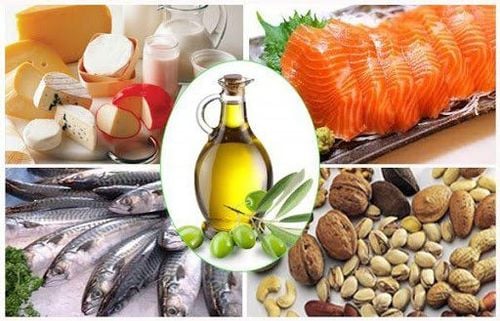
Regulate the body's activities: Fat in food is necessary for the digestion and absorption of fat-soluble vitamins such as vitamins A, D, E, K. Fatty acids are a component of bile acids and bile salts, essential for the digestion and absorption of nutrients in the intestines. Involved in the composition of some hormones, steroids, necessary for the normal functioning of the endocrine and reproductive systems.
2. Fat classification
2.1 By origin and function Triglycerides are the most common components, accounting for 95% of fat in food and in the body while Phospholipids are more latent, the structure of cell membranes. Phospholipids are lipids consisting of a water-soluble end and a fat-soluble tail, containing phosphorus, a component of cell membranes, serving as emulsifiers (allowing fats and water to mix and travel. intracellular and extracellular calendar into aqueous humor on both sides). Lecithin is a general phospholipid. Commonly used as an emulsifier in foods such as margarine, chocolate and coleslaw Sterols: commonly cholesterol: cell membrane structure, bile production, synthesis of sex hormones (estrogens, testosterone ),... 2.2 According to chemical structure

2.3 According to chemical structure Saturated / saturated fat There is a positive relationship between saturated fat and blood cholesterol, the incidence of cardiovascular disease. Saturated fat has the ability to increase blood cholesterol and reduce HDL-C. Animal sources: milk, meat, eggs, butter, lard, cheese.
Plant sources: coconut oil, palm oil
Trans fats (trans fats) Trans fats increase total cholesterol, LDL - cholesterol, reduce HDL- cholesterol, Increase the ratio of Triglycerides leading to an increased risk of heart disease circuit.
Therefore, the information on the label and the recommended use should be as little as possible.
Source: small amounts naturally occurring in animal products: fat, grass-fed milk; m(Partly) due to high temperature processing industrial process, oil is hydrogenated such as fried food, fast food, bread, pastry, snack, industrial food, margarine and fat.
Monounsaturated fat Diet high in monounsaturated AB has the ability to reduce total cholesterol, LDL-cholesterol, triglycerides and minimize the decrease in HDL-cholesterol (7% of energy 🡪 reduce total cholesterol by about 20%, reduce the rate of atherosclerosis by 16-34%)
Source: Olive oil, canola, sunflower, soybean; avocado; seeds: mustard, grapes, peaches, peanuts, almonds, olives...
Omega-9 (oleic acid) is one of the monounsaturated fatty acids, although not essential fatty acids. weak, because the body can produce a small amount, meet the body's requirements, but it plays a very important role in the development of children, the immune system, lowering bad cholesterol, Increases good cholesterol, prevents plaque formation, thereby reducing the risk of stroke and infarction.
Omega-9 is also found in animals and plants, where good sources of omega-9 include olive, canola, peanut, safflower and sunflower oils.

Polyunsaturated Fat Its function is similar to monounsaturated fat but is considered to have a better effect. This type of fat is found in vegetable oils like corn, sunflower, sesame seeds, sunflower seeds, corn, soybeans and other grains, etc. Eating foods like salmon, tuna Nuts, seeds, and whole grains can also make it easier for your body to absorb polyunsaturated fats.
Omega-3 and Omega-6 are both representatives of polyunsaturated fats, with their own characteristics as follows:
Omega-3 fatty acids are fats that are beneficial for the development of the eyes and brain of children in 6 years. the first month of life, promote brain development, strengthen the baby's immune system. For adults, this type of fat has a very good effect in reducing pain, morning stiffness in people with rheumatoid arthritis. In addition, they also help prevent cardiovascular diseases. Omega-3 fatty acids are found in seafood such as salmon, sardines, herring and mackerel. In addition, they are also found in flaxseeds, walnuts, green leafy vegetables, legumes, especially soybeans,...
Omega-6 fatty acids
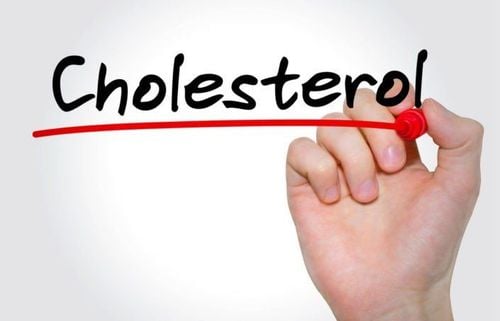
3. Fat Needs in Adults
Total fat: 18-25% of total energy Saturated fat: < 7% of total energy intake Polyunsaturated fat: ≤ 10% less than 10% of total energy Monounsaturated fat: <20% or less of total calories Cholesterol <200mg/day
4. Smart fat choices
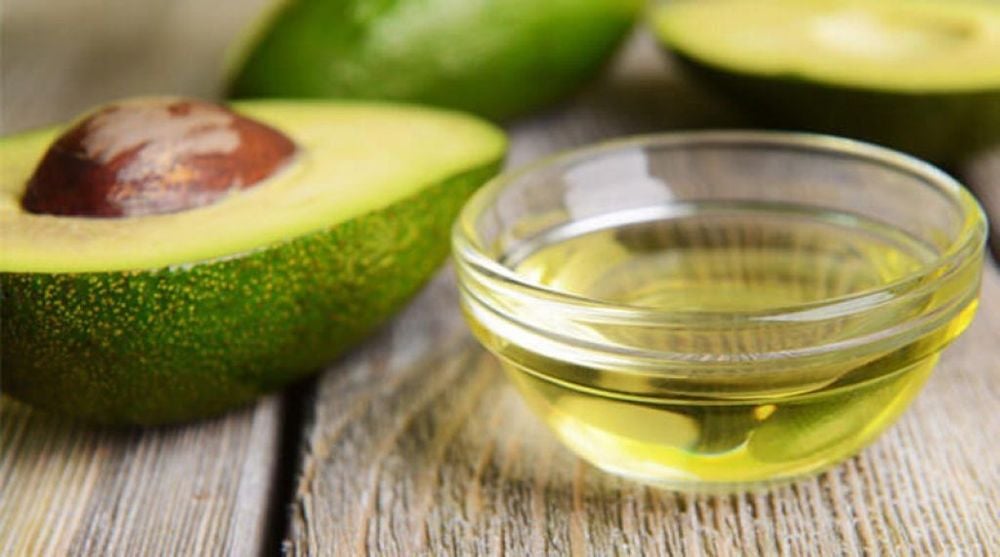
Cooking oil for processing needs to choose an oil with a high smoke point. Cooking oils that can be fried at high temperatures (above 230°C or 446°F) because of their high smoke points include:
Avocado oil Palm oil Peanut oil (Avocado oil) Peanut oil, Rice Bran oil, Safflower oil, Semi-refined sesame oil, Semi-refined sunflower oil It should be noted, omega-3 fatty acids are very easy. Oxidized. Heat, oxygen, and sunlight rapidly oxidize these sensitive fatty acids, making them more toxic than eating too many omega-6s. This is why you should never use omega-3 oils for cooking and must use them within a few weeks of purchase.
Choose oils with highly stable polyunsaturated fatty acids.
6 month stability: sesame/sunflower oil 1 year stability: coconut oil, corn oil, olive oil, macadamia nut oil, almond oil, safflower oil, soybean oil, peanut oil 2 year stability: palm oil , avocado oil, canola oil Choose a non-/low-hydrogenated (trans-fat) oil
Choose an oil with a ratio of omega-6 fatty acids (linoleic acid): low omega-3 or high omega-9 (acid) oleic) to help reduce omega-6 intake.
Please dial HOTLINE for more information or register for an appointment HERE. Download MyVinmec app to make appointments faster and to manage your bookings easily.






